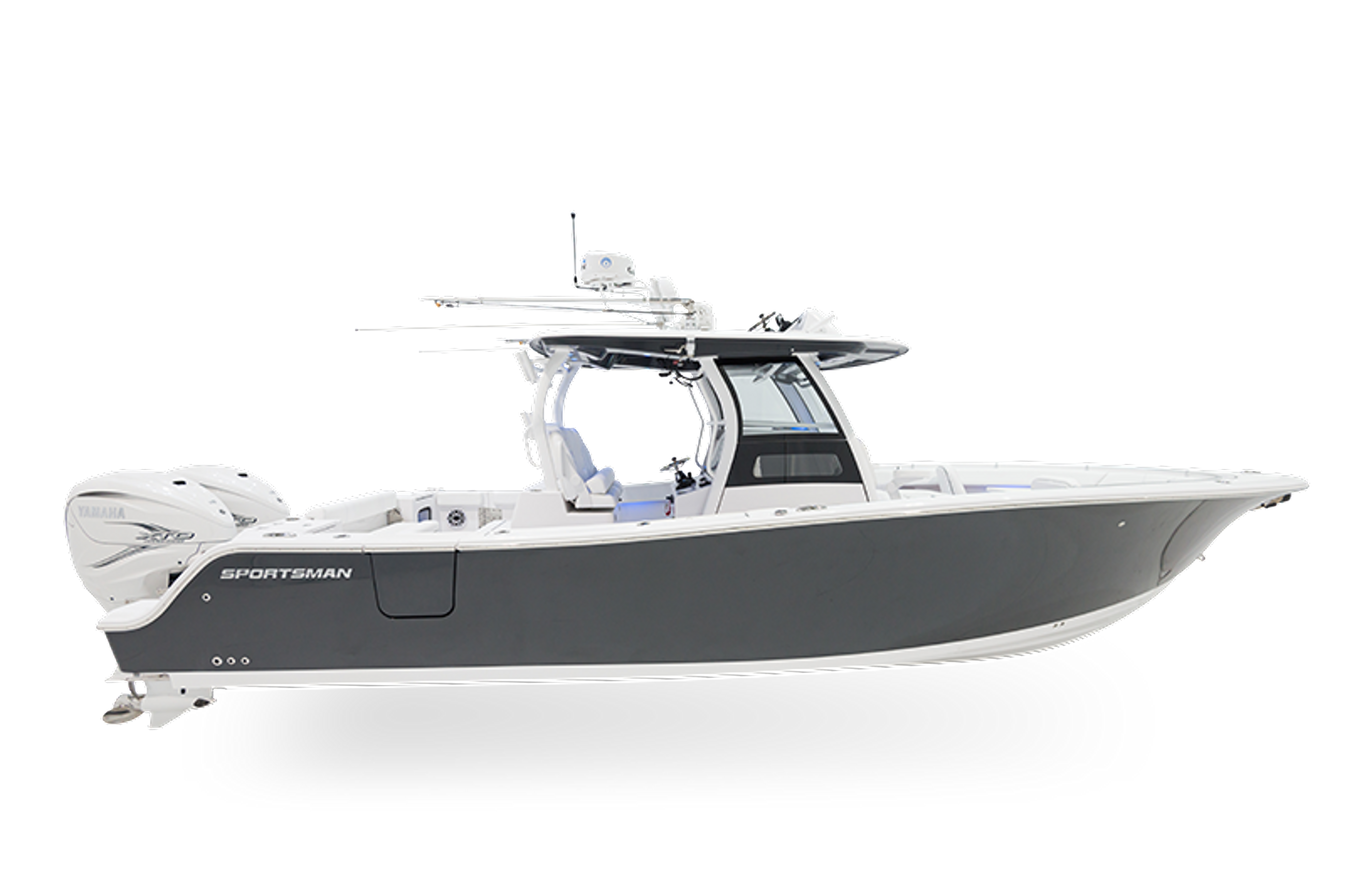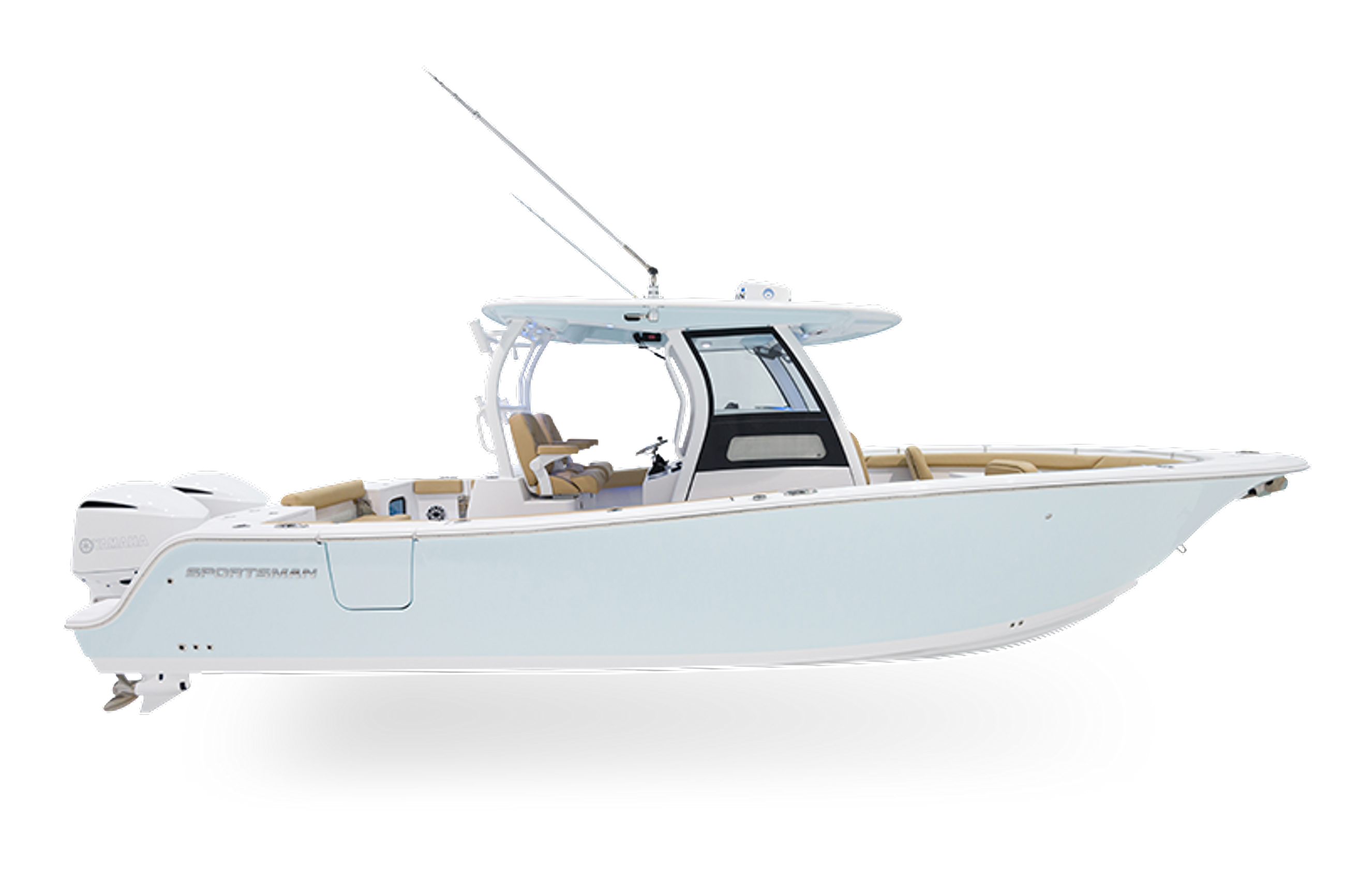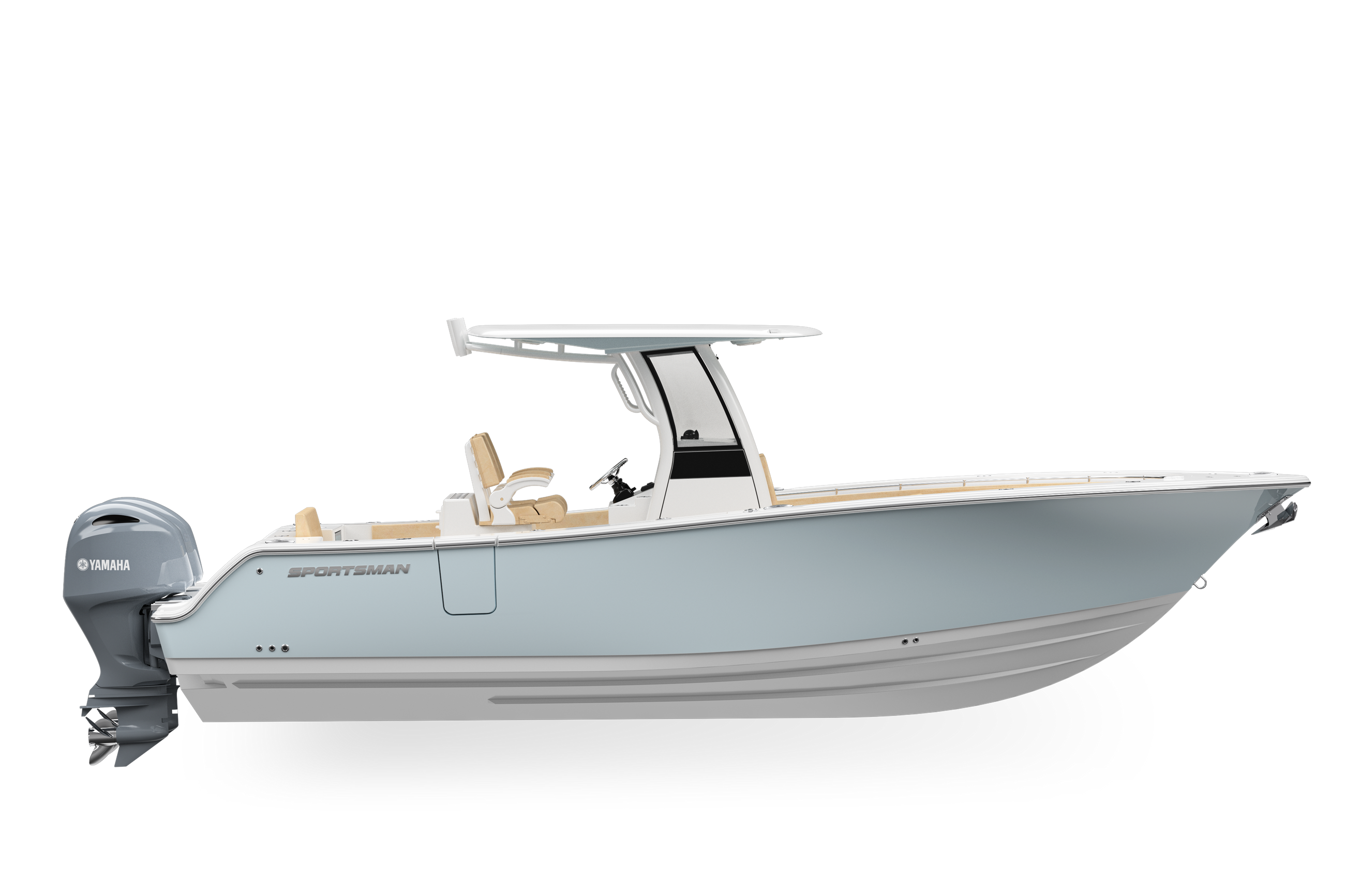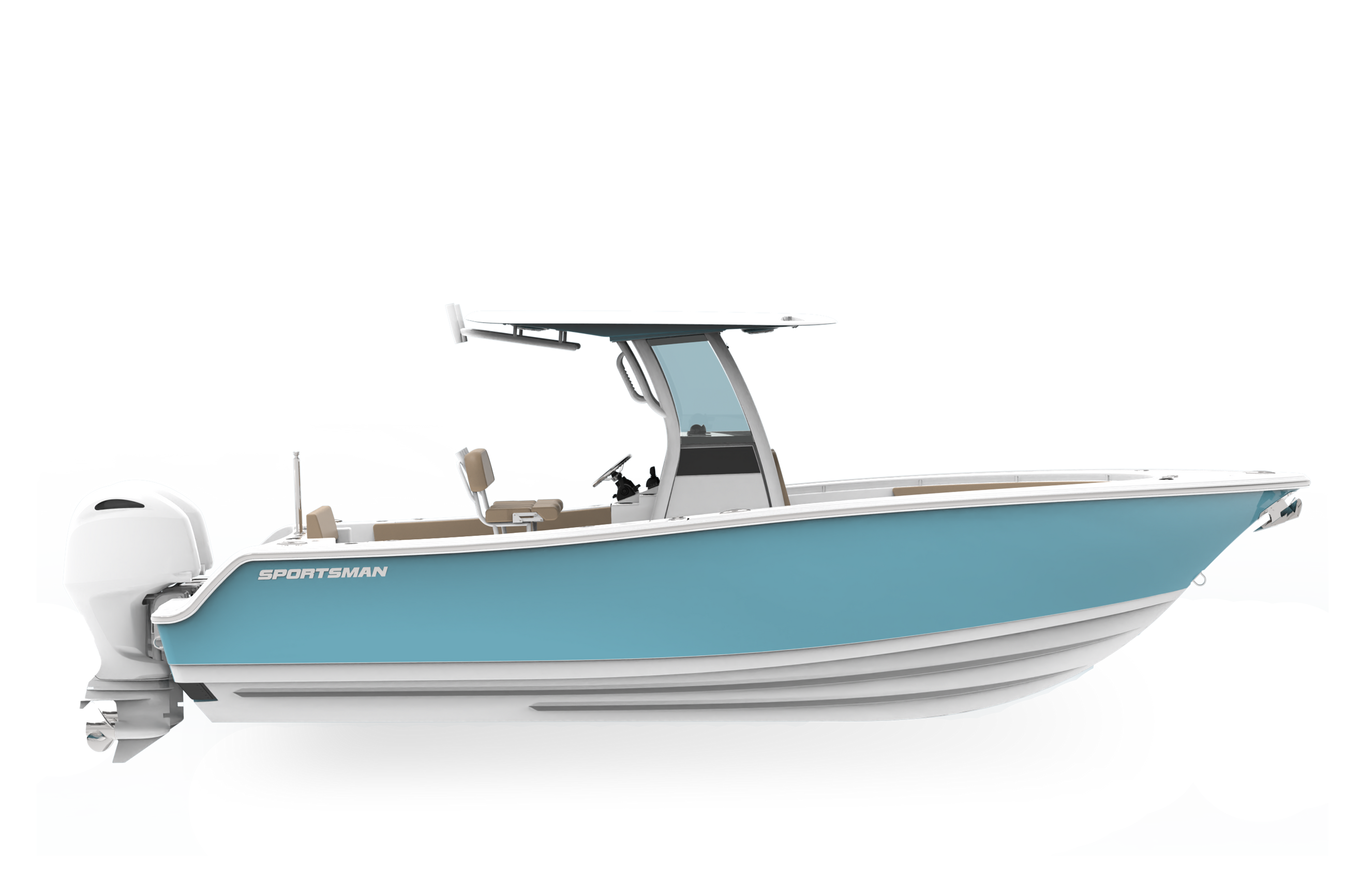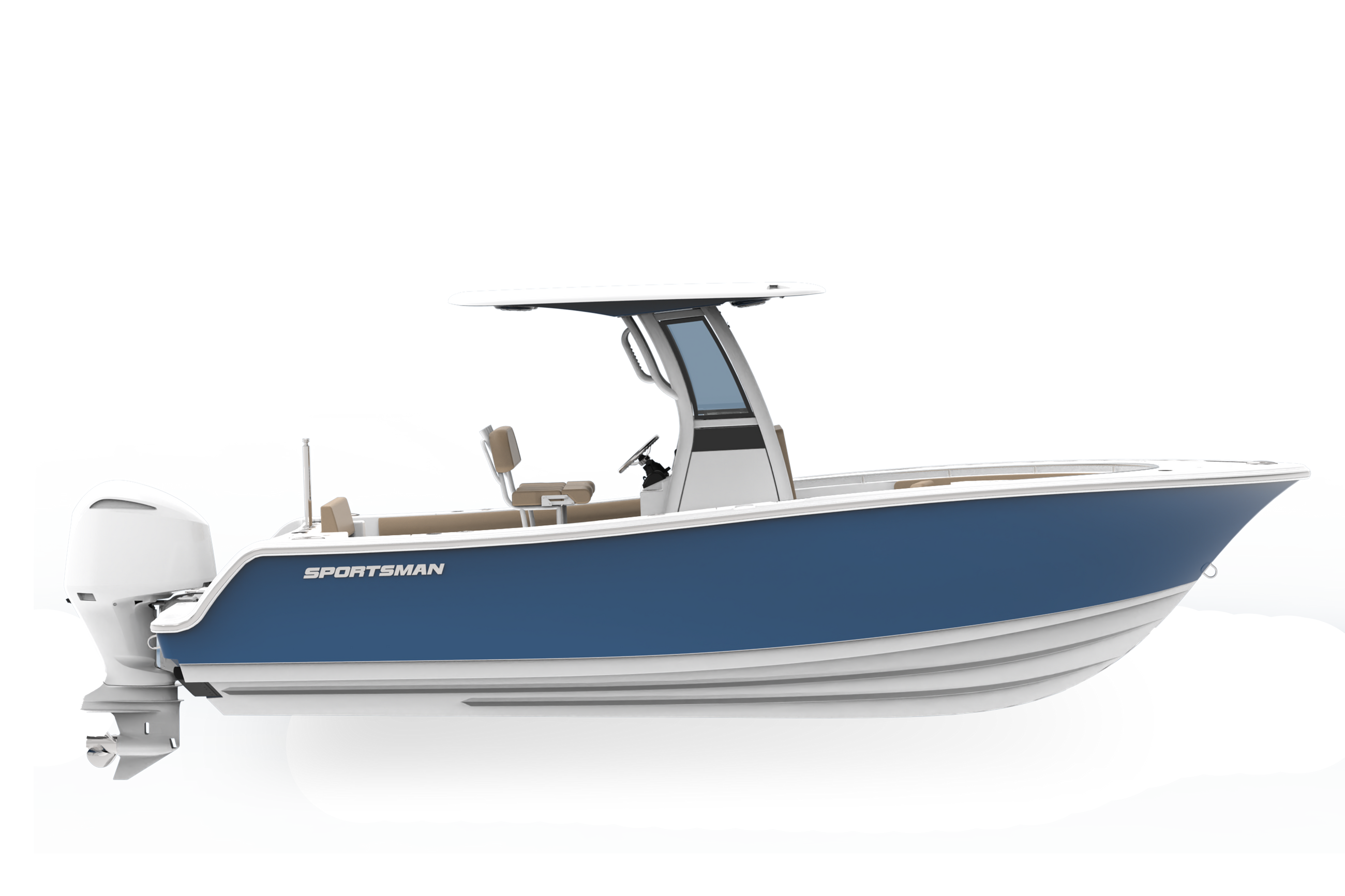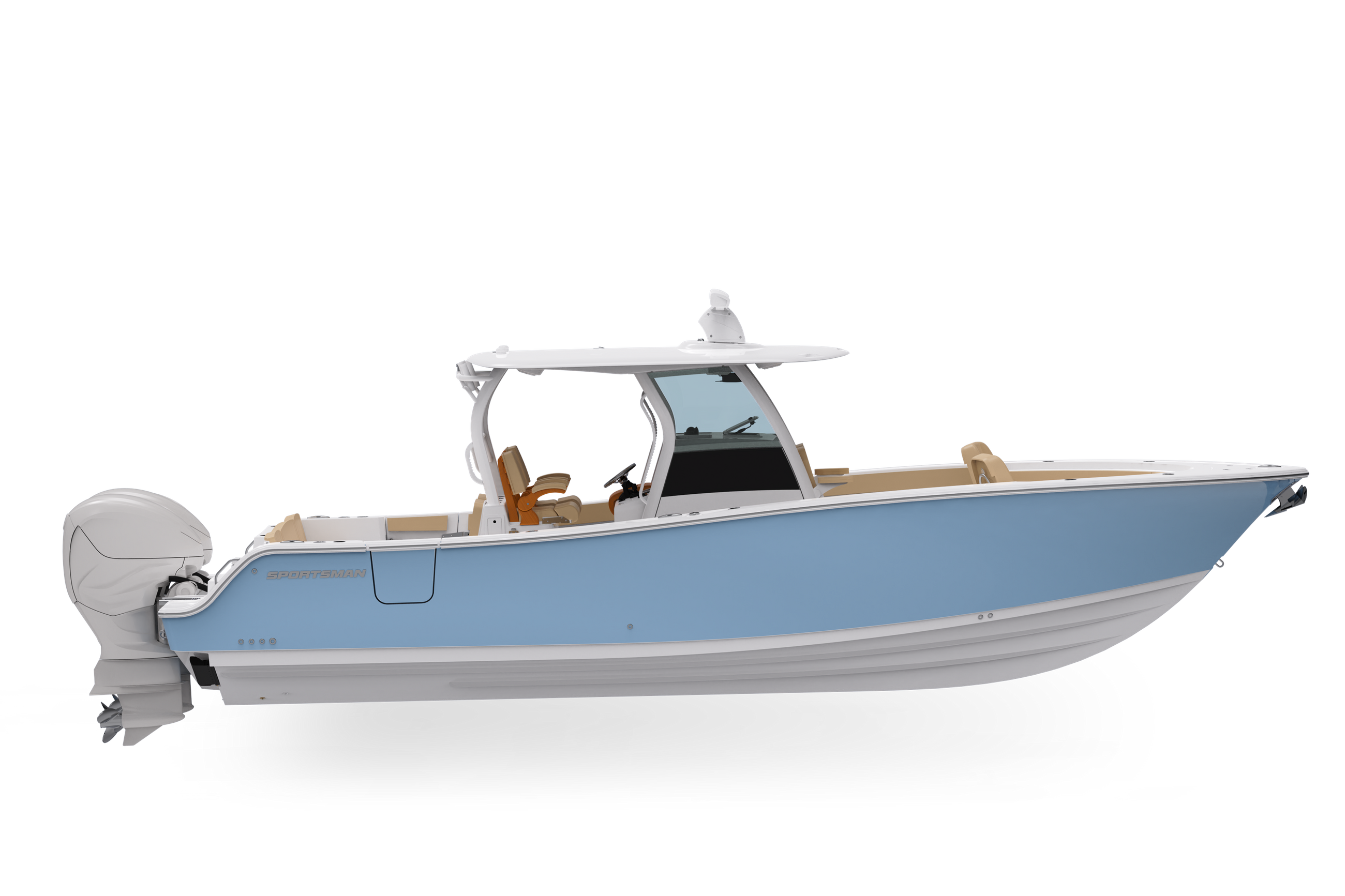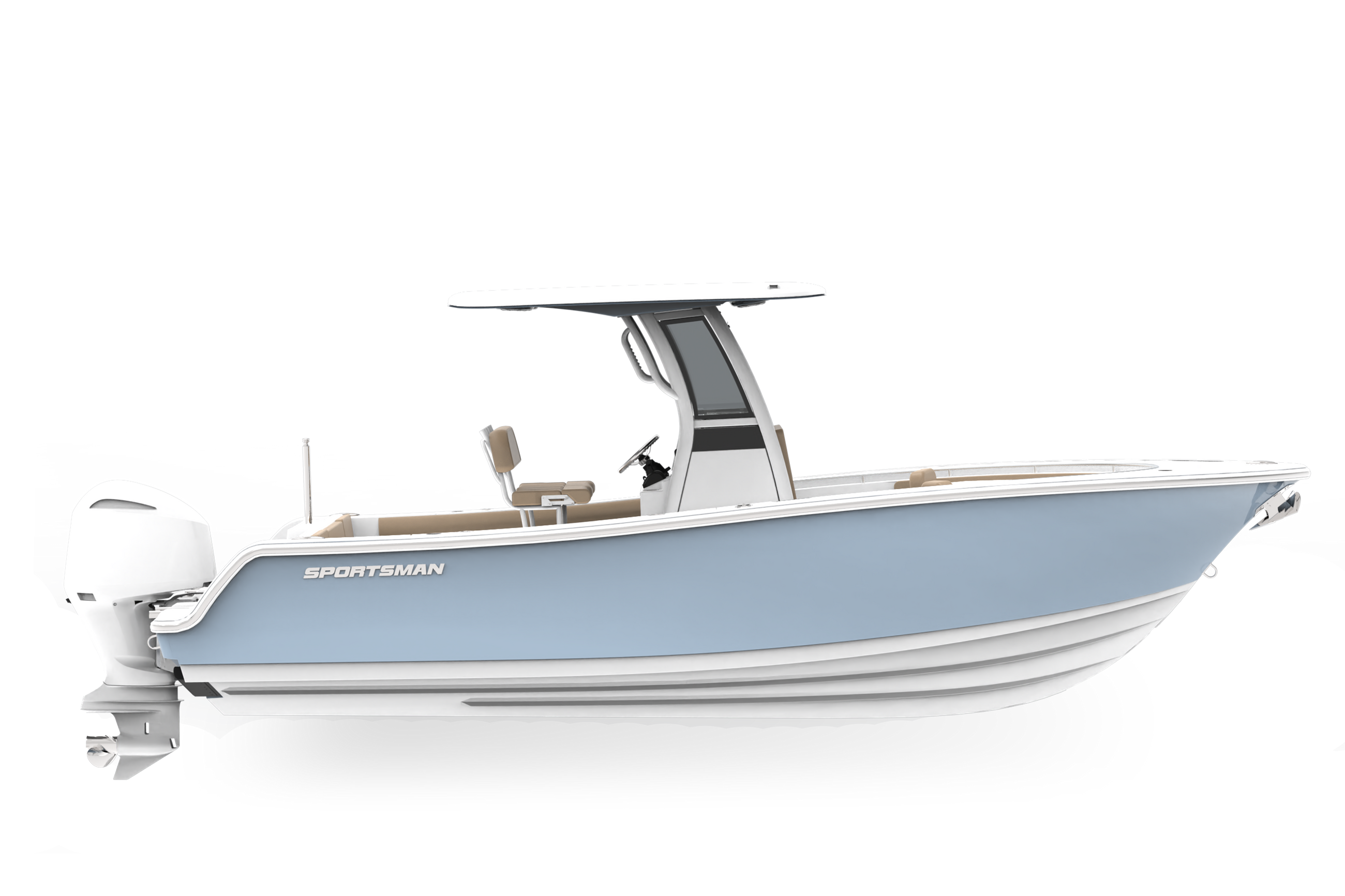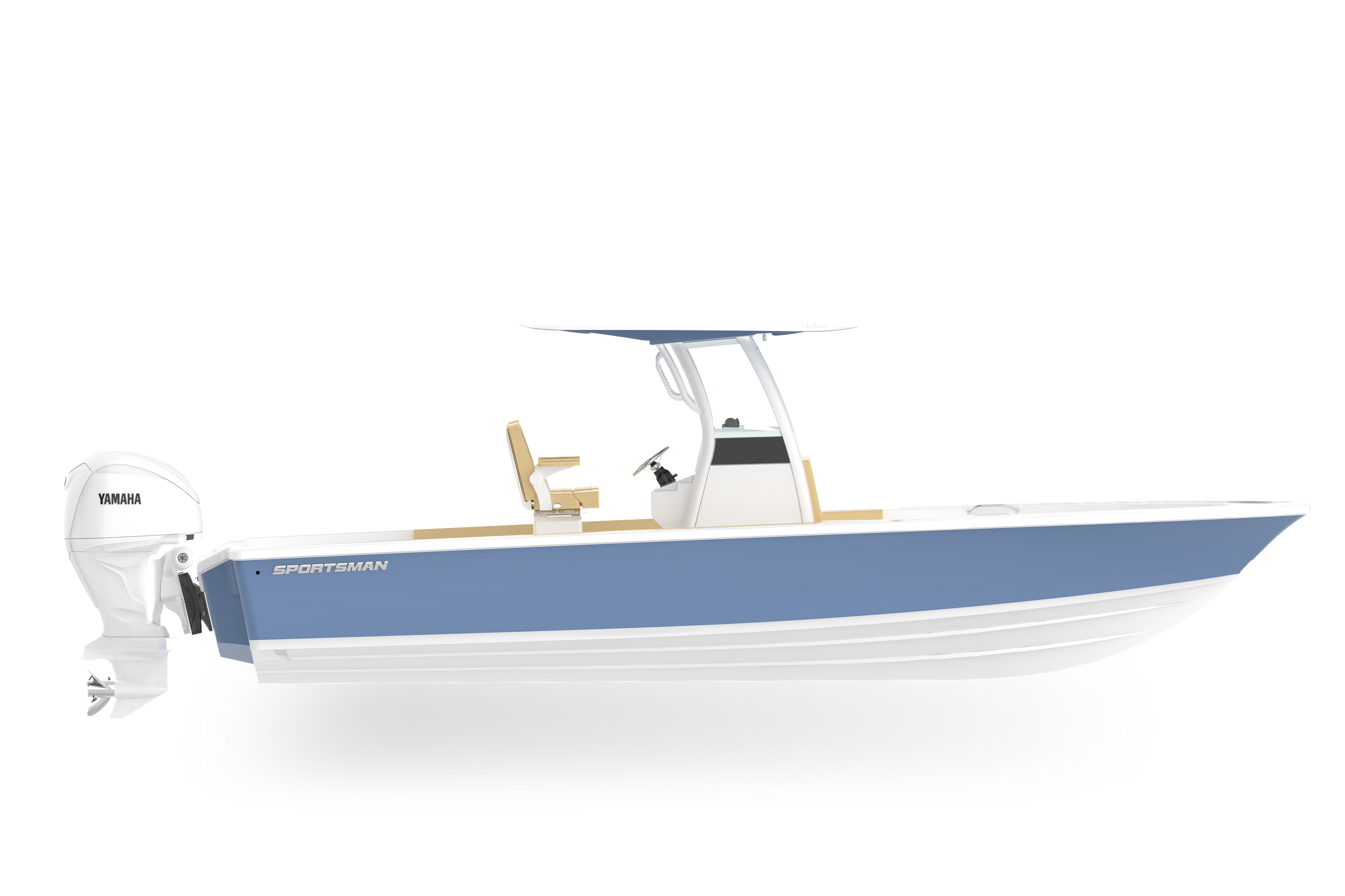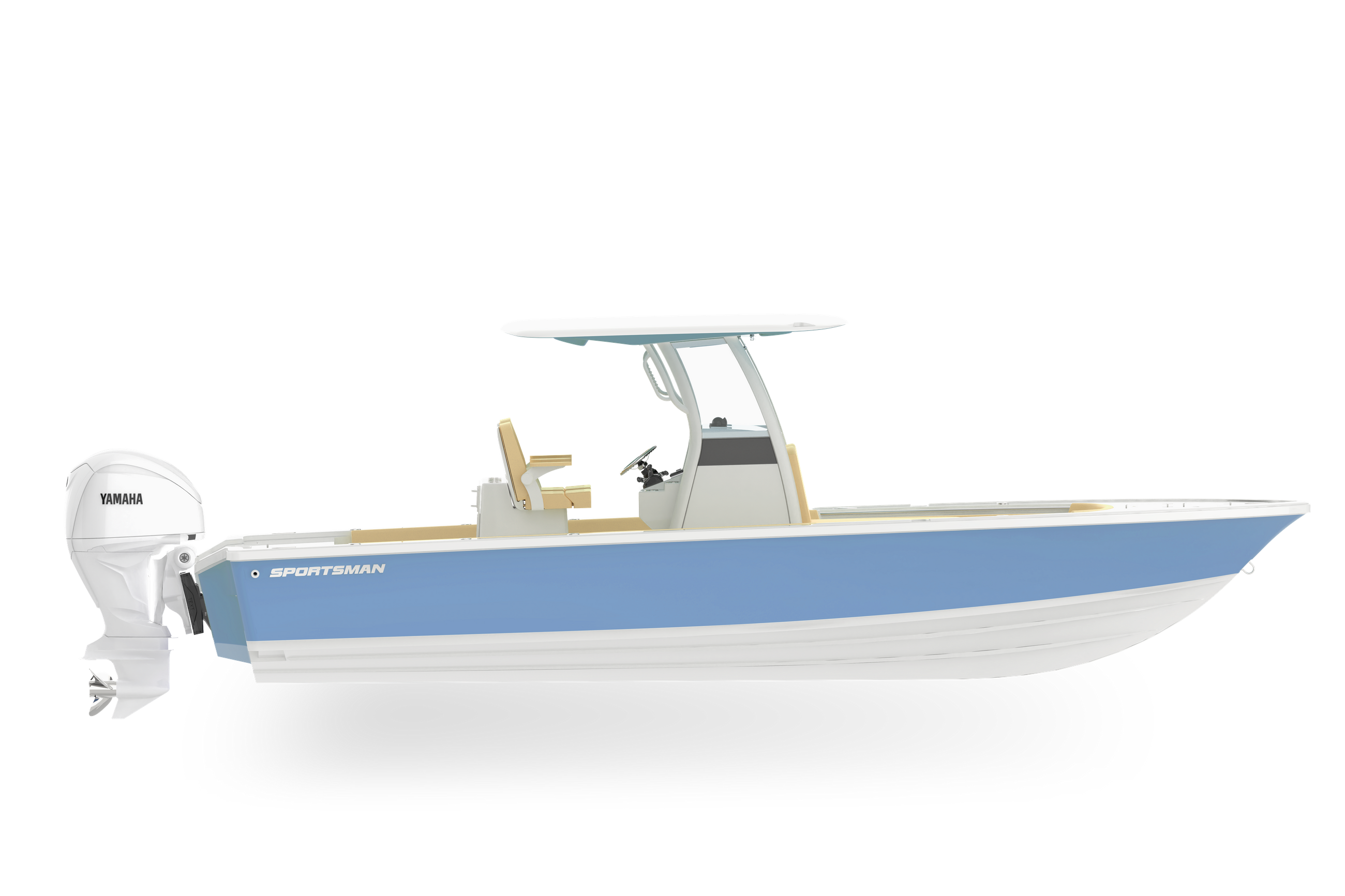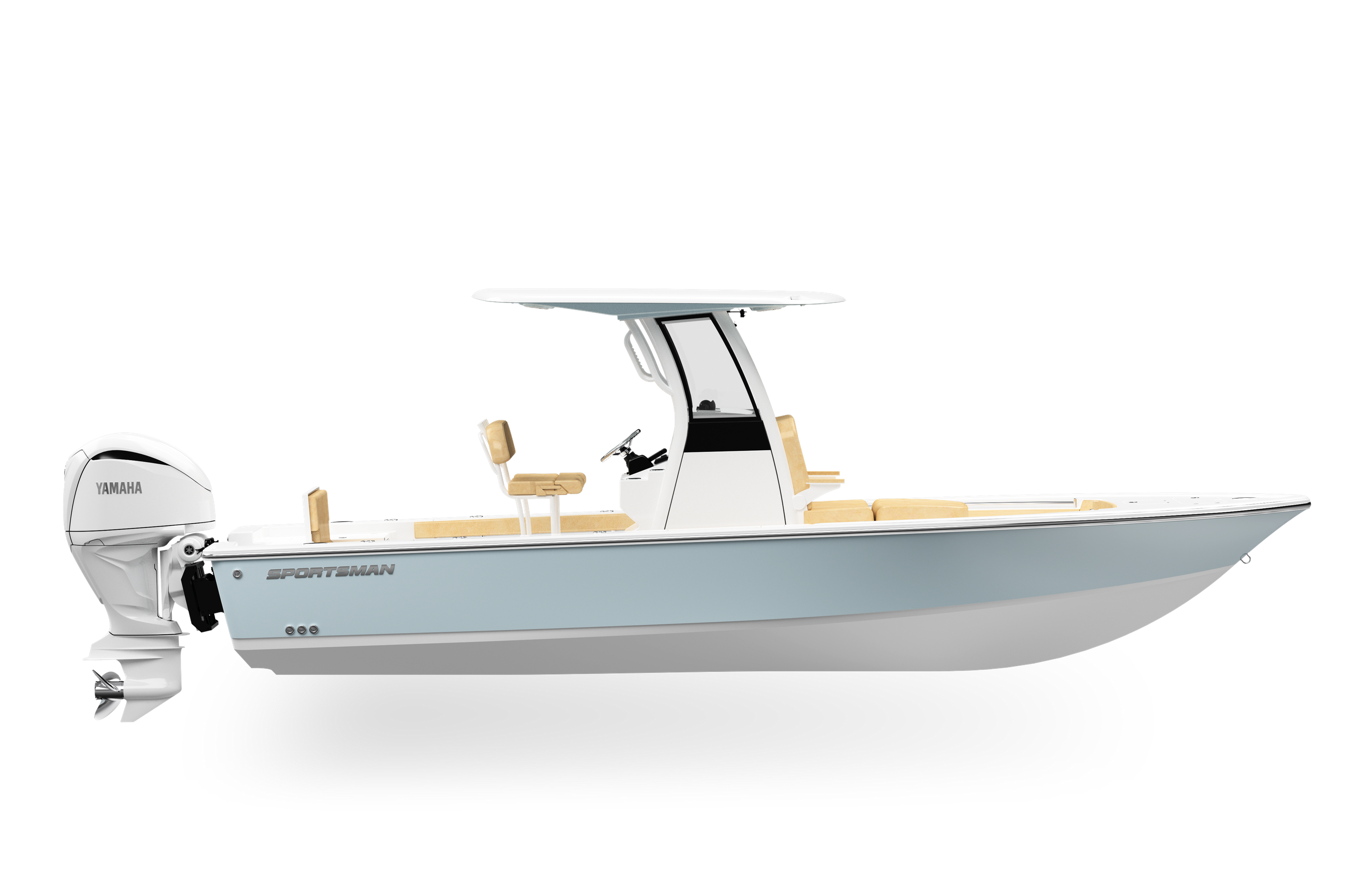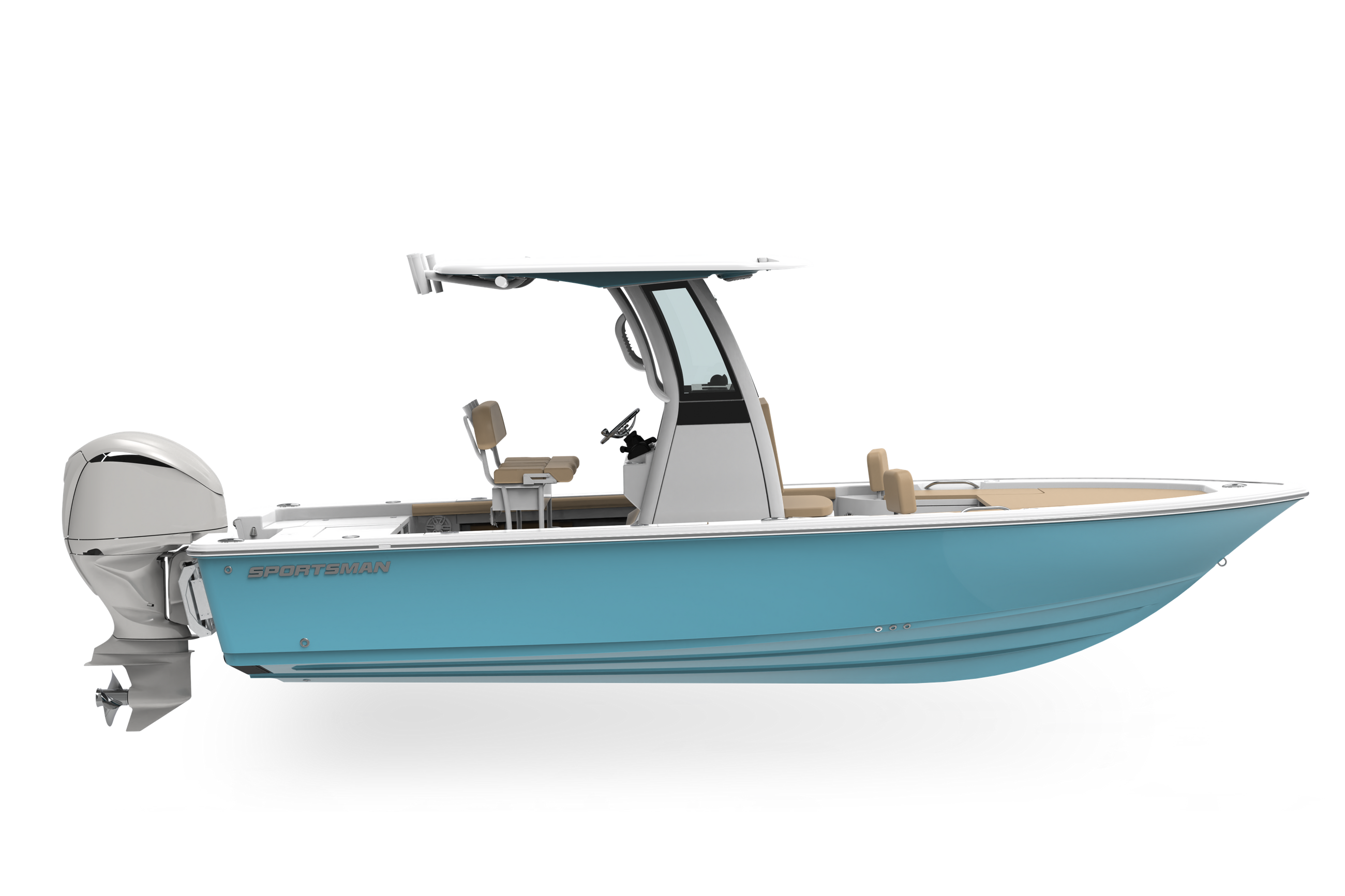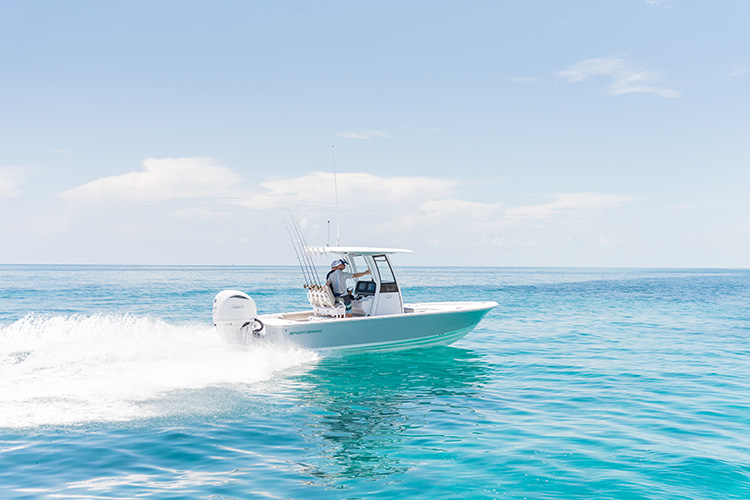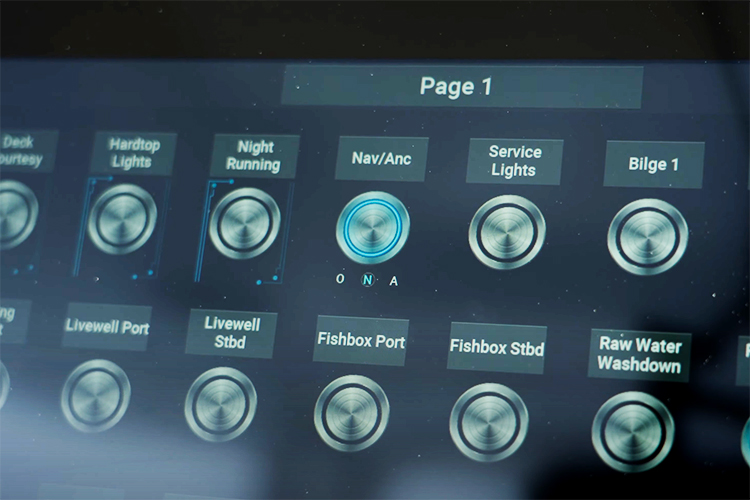Exploring the different types of PFDs and their suitability for various water activities.
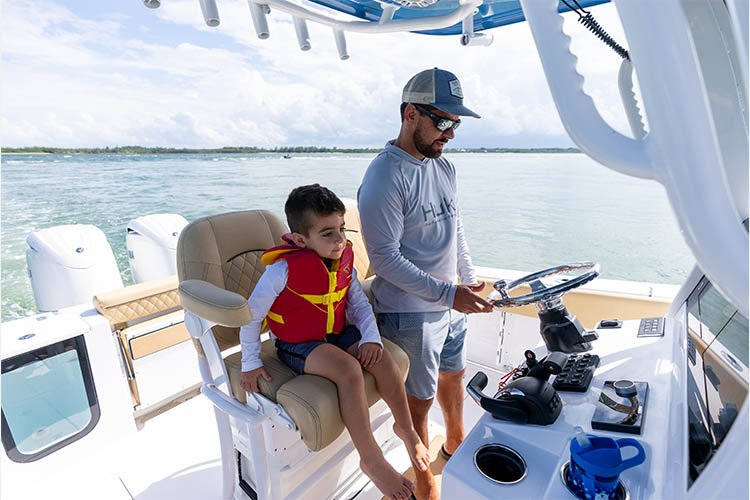

-
•Know the main PFD types and what each is best for so you can pick the right one for your activity
-
•Follow local regulations and ensure your boat carries the required devices for each person; use a Type IV throwable on smaller vessels; and keep children wearing a PFD when underway
-
•Prioritize fit and comfort so you will actually wear the PFD; choose a style that suits your activity and movement
I recently wrote about properly fitting your child in a life jacket and wanted to follow that up with a brief explanation on the different types of Personal Flotation Devices (PFDs) available for the rest of us. PFDs are essential companions for anyone spending time on or near water. Whether you're a seasoned angler, an avid kayaker, or simply enjoying a day at the beach, wearing the right PFD can be a literal lifesaver. Many state boating regulations require one or more of these devices to be on all vessels. Here in Pennsylvania, we need to have one Type I, II, or III PFD on board for each person on board. Vessels 16 feet and under also are required to have a Type IV throwable device on board and children are required to always wear a PFD when underway. It is important to research the regulations in your area, so you are prepared for your next safety check as well as have a safe vessel for all of you passengers. With various types available, choosing the correct one for your activity can be daunting. In this guide, we'll explore the different types of PFDs and their suitability for various water activities.
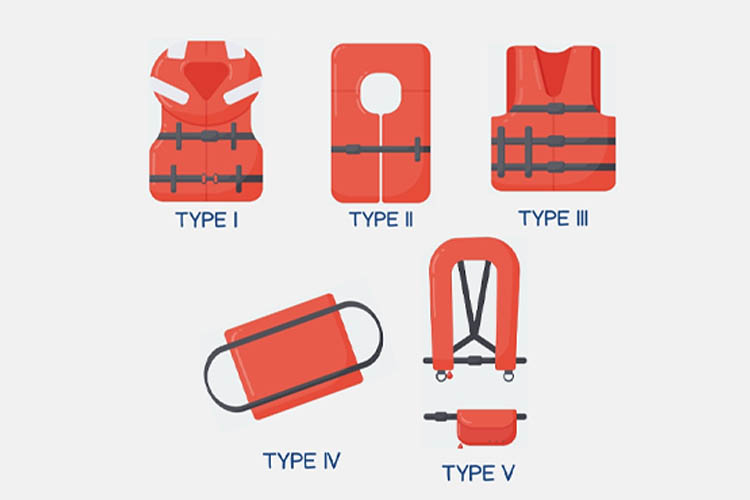
Type I PFDs:
Type I PFDs, often referred to as offshore life jackets, are designed to provide the most buoyancy and are best suited for open, rough, or remote waters where rescue may be delayed. They are bulky but highly effective, capable of turning an unconscious wearer face-up in the water. These PFDs are typically found on commercial vessels, offshore boats, or during extreme water activities like offshore racing.
Type II PFDs:
Type II PFDs, also known as near-shore buoyant vests, are less bulky than Type I and are suitable for calm, inland waters where quick rescue is likely. While they provide less buoyancy than Type I, they are still effective at keeping the wearer afloat. These PFDs are commonly seen on recreational boats, fishing vessels, and during water sports activities in protected areas.
Type III PFDs:
Type III PFDs are buoyancy aids designed for use in calm waters where rescue is expected quickly. They are comfortable to wear and allow for freedom of movement, making them popular among kayakers, canoeists, and water skiers. Type III PFDs come in various styles, including vests, jackets, and inflatable belts, catering to different water activities and personal preferences.
Type IV PFDs:
Type IV PFDs are throwable devices intended to be used as a supplement to wearable PFDs. They include ring buoys, buoyant cushions, and horseshoe buoys, which can be thrown to someone in distress to provide flotation support until rescue arrives. While they are not wearable, Type IV PFDs are essential safety equipment for all boats and should be easily accessible in case of emergencies.
Type V PFDs:
Type V PFDs are specialized devices designed for specific activities such as kayaking, windsurfing, or paddleboarding. You will often see this style PFD worn by anglers as they are very comfortable while still giving you safety in the event of a fall overboard. They often come as inflatable vests or belts and provide excellent buoyancy while allowing for unrestricted movement. However, they are only suitable for the activity specified on their label and may require manual activation in some cases.
Choosing the right PFD is crucial for ensuring safety on the water. Consider the type of water activity you'll be engaging in, the conditions you'll encounter, and the level of comfort and mobility you need before selecting a PFD. Remember, wearing a PFD isn't just a safety precaution; it's a responsible decision that can save lives. So, before you set sail or dip your paddle, make sure you're equipped with the appropriate PFD for your adventure.
See you on the water!
Related Posts
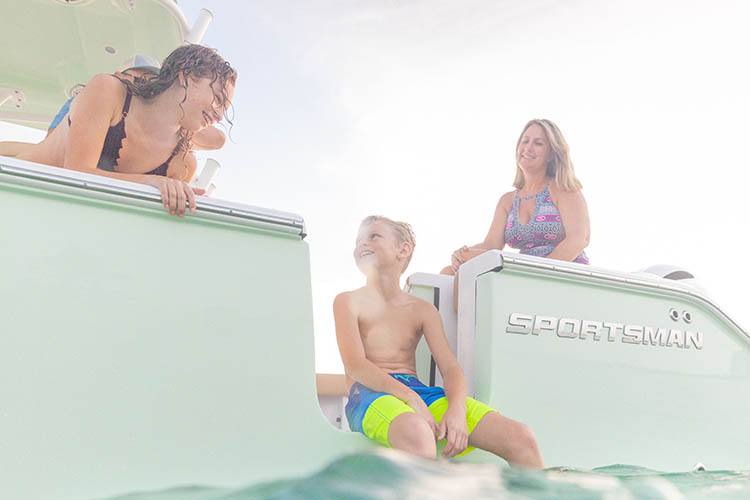
Every boater needs to know what he or she is required to bring with them. If you're gearing up for a new season and need a refresher we've g...
Read More

